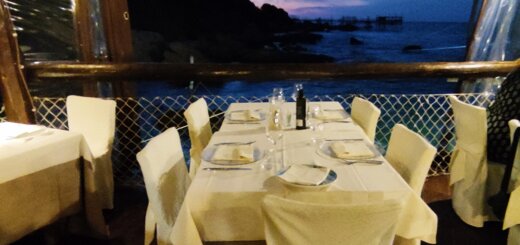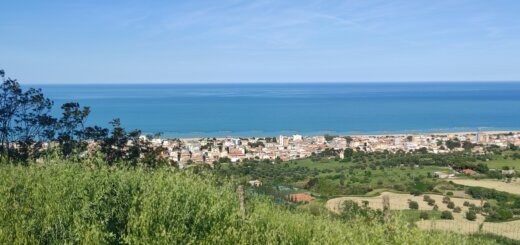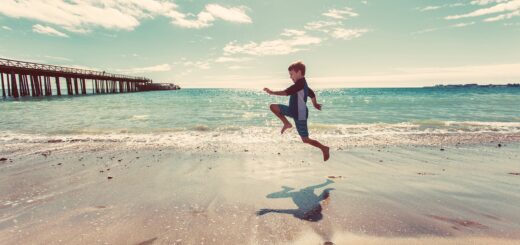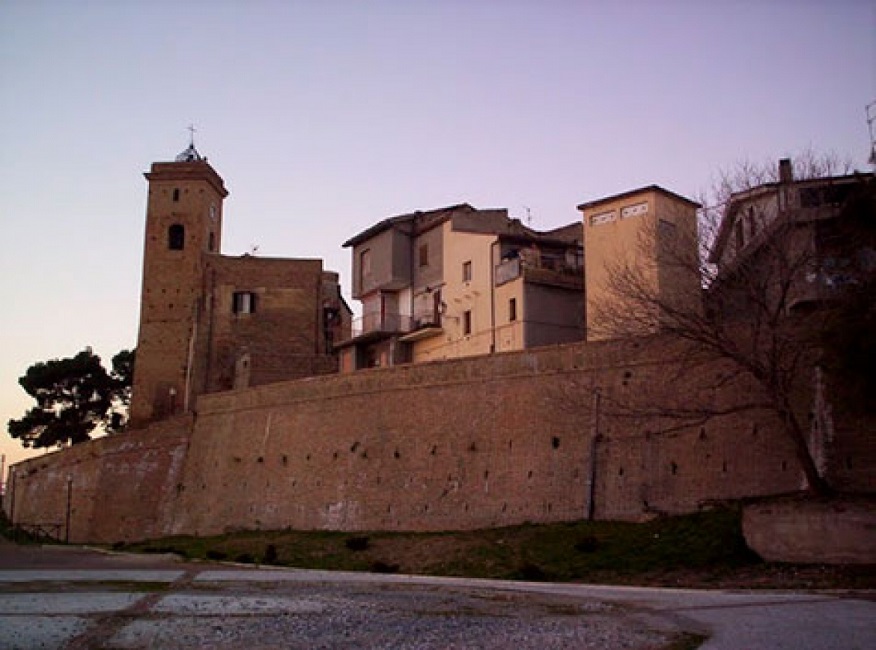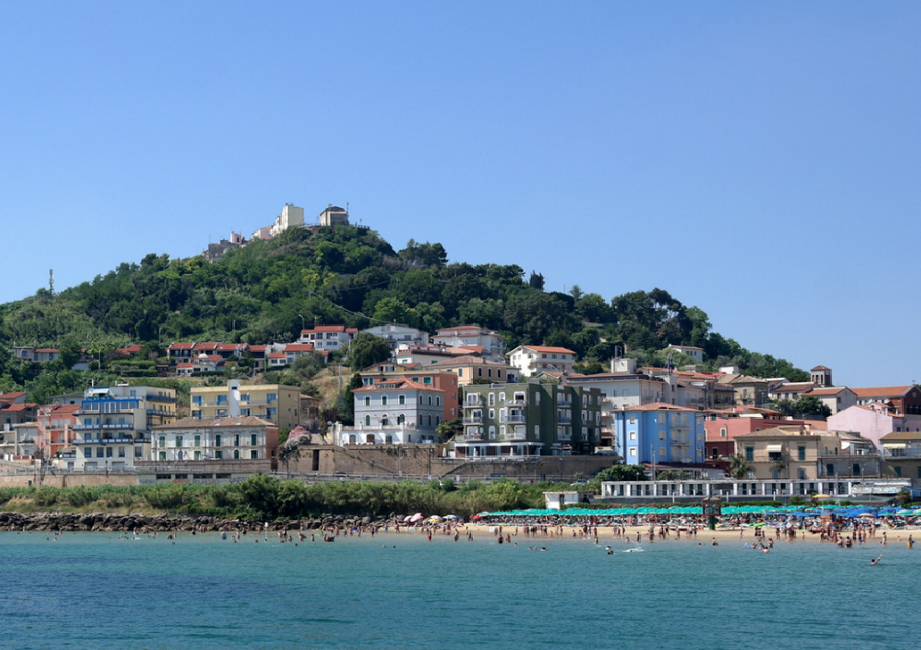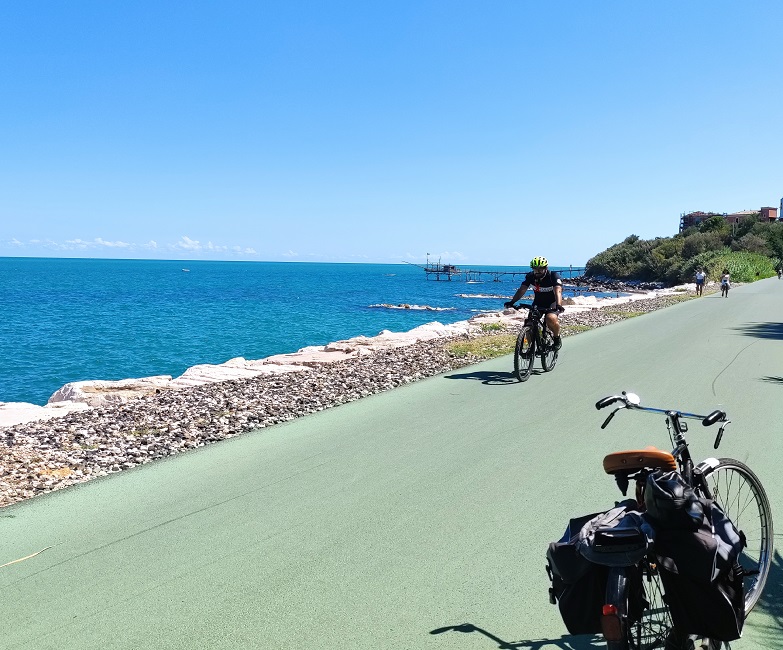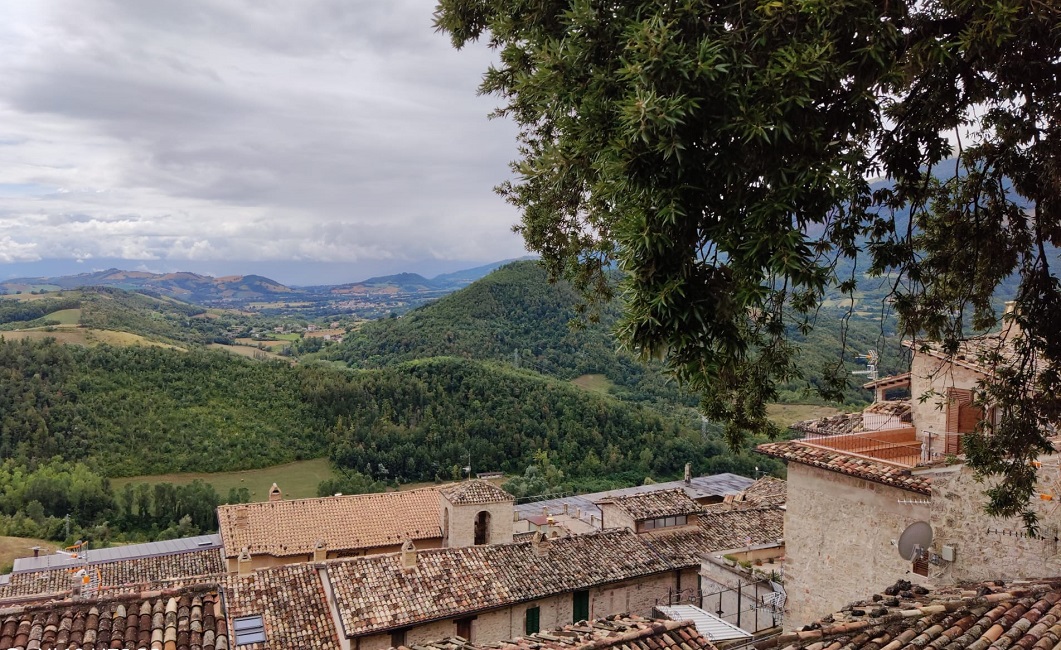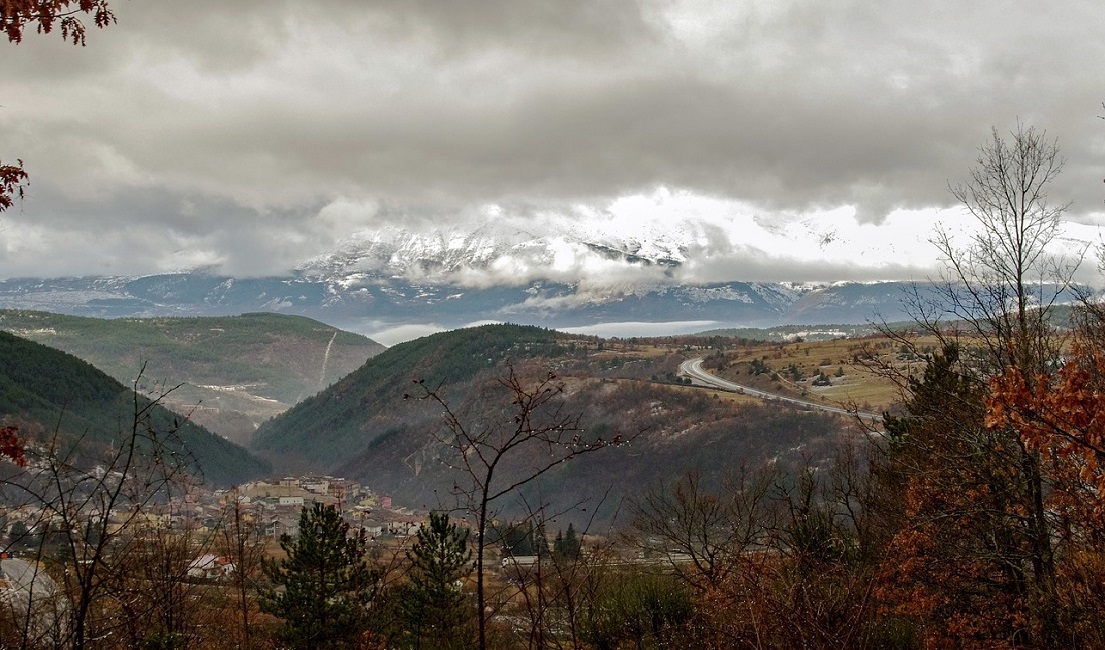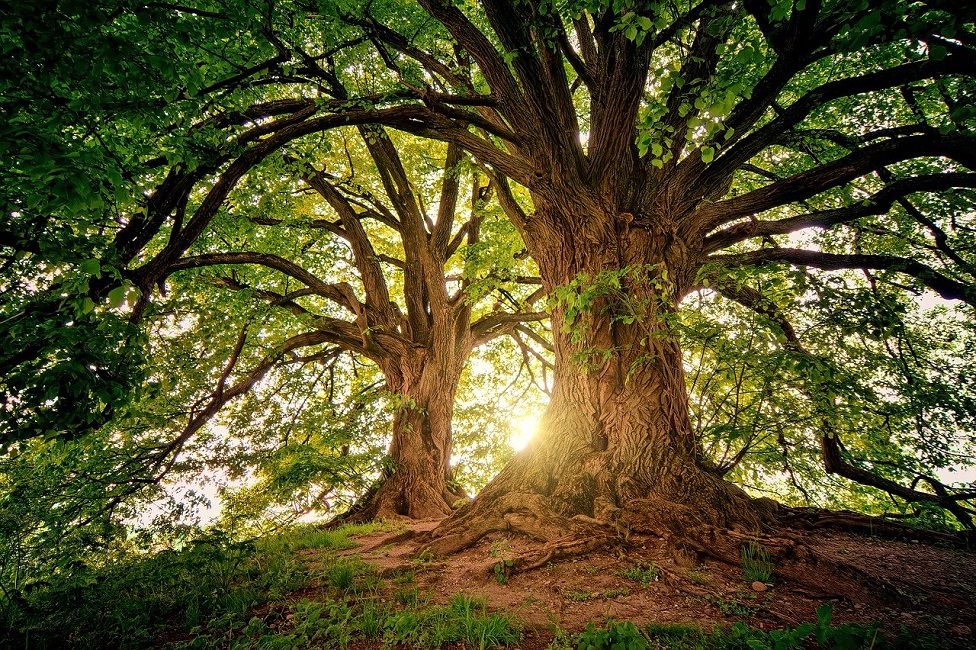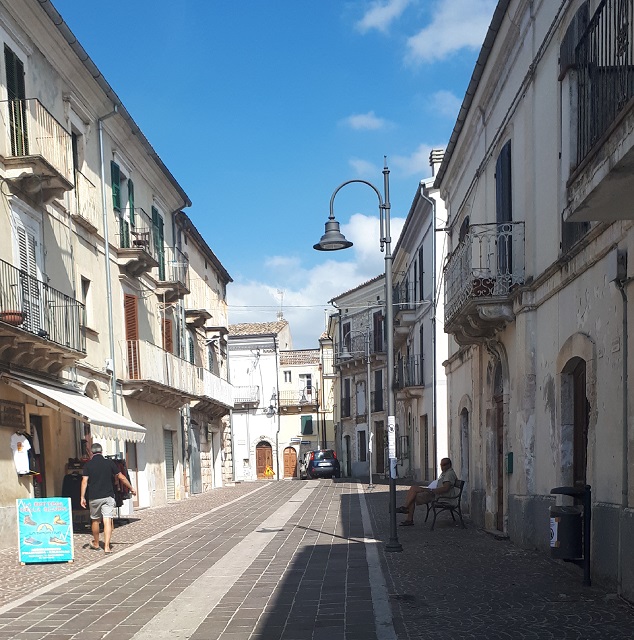Montesilvano Colle
and a tale of Scottish soldiers
Long before the town spilled down the hillside and onto the coastal plain, there was Montesilvano Colle, or ‘Lu Colle’ (the hill) for short. At that time Montesilvano meant what it said: wooded hill. It was then a drowsy hamlet, nestling among thick pine woods that crept all the way down to the sea.
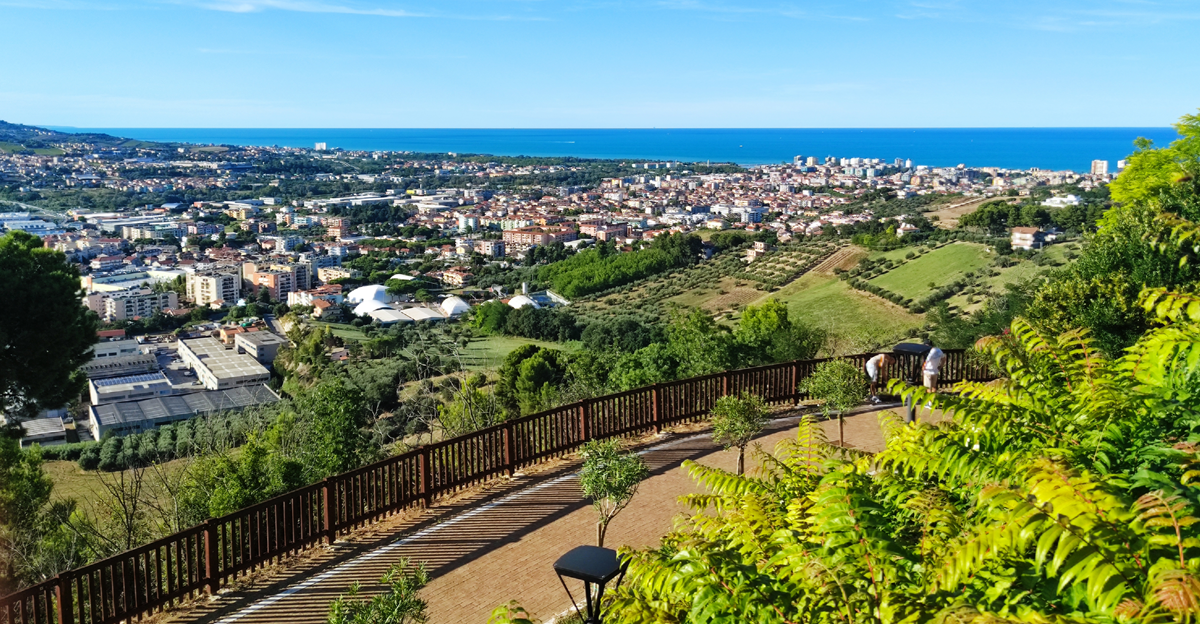
Now on the plain the trees have been replaced by a forest of apartment buildings which continue to reproduce at a terrifying rate. ‘Colle’, though, relatively untouched by the building boom of the sixties and the 2000s, maintains the easy-going charm of a country borgo.

It is most pleasant to arrive in Colle on a summer’s evening, just as the sun is setting. The road leading up from that other Montesilvano ends in a piazza partly shaded by umbrella pines, with a modest café, a post office and, in high summer, a wooden platform/bandstand, presumably for musical events but mostly for children to clatter around on and get on people’s nerves.
The Sleeping Beauty
In Colle, though, the view is the thing, and a path rimming the village provides the perfect lookout. On one side the hill dips away in a tangle of vegetation – and the occasional piece of discarded bathroom plumbing – towards the coastal town and the sea.

From up here at dusk the urban spread seems distant and mute, the sea beyond is dark and mysterious and the horizon is buffed in soft violet. On the other side of the path, fringing the backs of the Colle houses, are vegetable and flower gardens where a few Montesilvanese, sitting around on kitchen chairs, pause in their gossiping to exchange greetings as we stroll past.
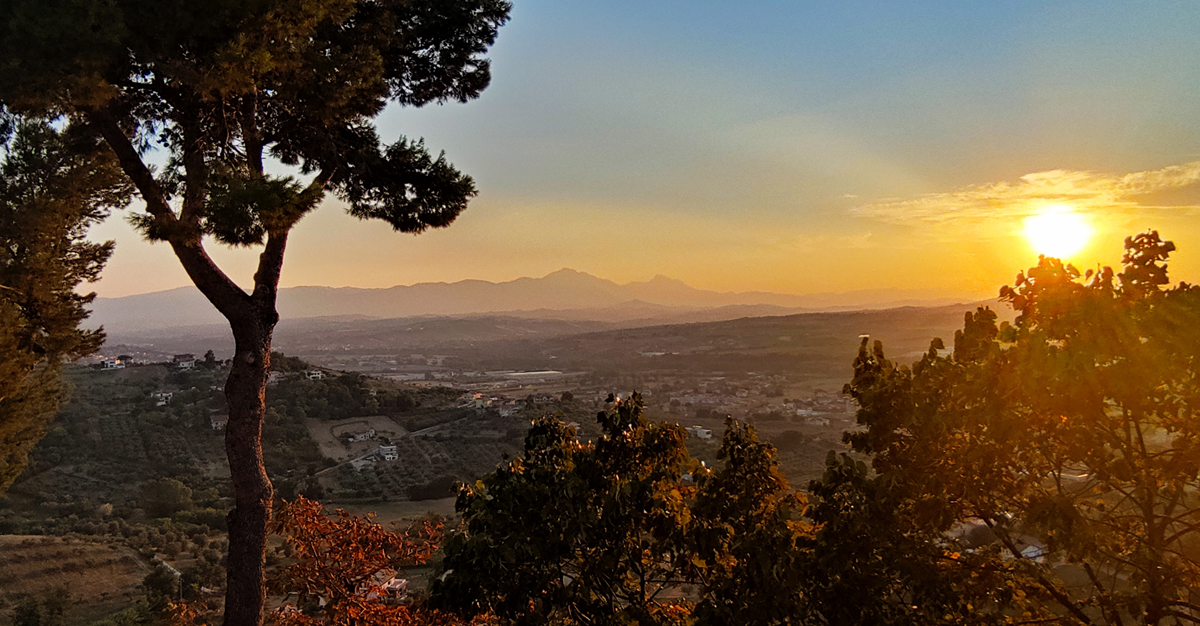
A half-circle round the village brings us to steps leading up into another, north-facing piazza, open on one side to form a gallery and accurately named Largo Belvedere. We stand for some time, just looking. Below, the countryside rolls and dips towards the horizon. Other hill towns twinkle back at us. And far off, in the north west, voluptuous against the blazing sky, is the Sleeping Beauty of the Gran Sasso.
Behind us, tables are being set for dinner.

With some reluctance we leave the square and its enchanting view and stroll through the town, past the church and its sculpture of Archangel Michael, past traditional houses of oatmeal-coloured stone and modern white ones with their balconies and window boxes, back to the main square, Piazza Calabresi.
Someone has called the clattering children in for their evening meal and the piazza is deserted, save for the cicadas in the pines and a couple of old-timers whom we join outside the bar for a beer and, hopefully, a yarn or two.
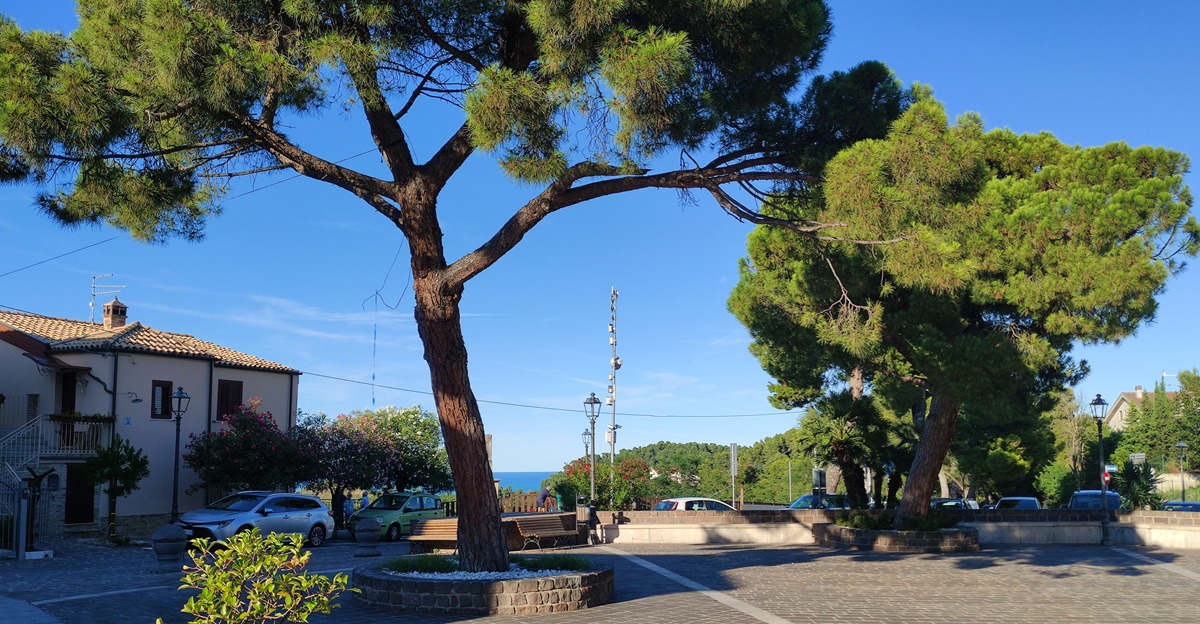
Tales of Snow and Soldiers
One sprightly 90 year-old tells of when he was a young teen during the war. It was winter and snow bearded the trees and bandaged the fields. His sister was running a temperature and needed medicine so the boy was sent to the nearest pharmacy in Pescara, just over 8 kilometres away. He was poorly dressed and his hand-me-down shoes had holes in them but he made it through the snow and back, clutching the medicine in his ice-blue hands. Thankful to be back home at last, eager to hunker down beside the wood fire, he handed the medicine over to his mother. Who promptly declared it to be the wrong one, and sent him back to town to change it.
We exchange glances. More than 30 kilometres on foot in the snow in leaky shoes and without a coat? For a while, no one says anything. The old guy squints at us. The cicadas in the pines chirrup anxiously. There is no way to verify the tale but that, surely, is not the point. We sip our beers and try to imagine what, for our cosseted generation, is unimaginable.
His pal breaks the silence with another, less personal story that involves an ambush. In the summer of 1944, the Germans were retreating northwards, with the allies hot on their heels. The first allies to arrive in Colle were five Scottish soldiers who came pechin’ and panting up the brae, only to be met by a volley of German machinegun fire. Only one Scottish soldier survived the ambush.
Who tipped off the German? we want to know. And what happened to him?
The narrator shrugs his shoulders up to his ears and spreads out his hands the way Italians do. Who knows?
It is hard, now, to think of gun fire shattering the stillness of a summer’s afternoon in Colle. Impossible to replay the horror and the fright. But for our companions these and other memories are the warp and woof of their formative years in those scary, uncertain times.
We sit on in the deepening twilight, easy in the company of these grand hardy survivors, and when it is time to go we take leave of them and set off down the road, our steps light, our thoughts sober.


